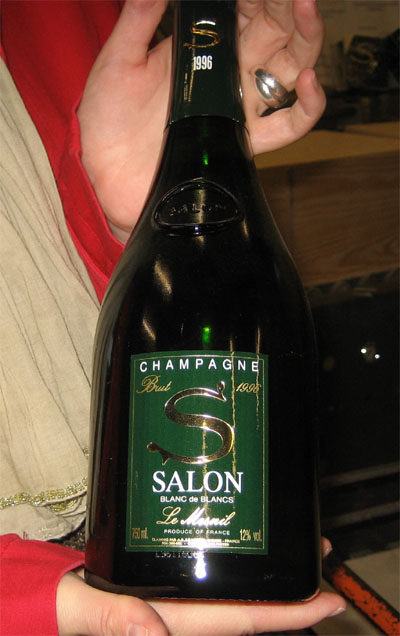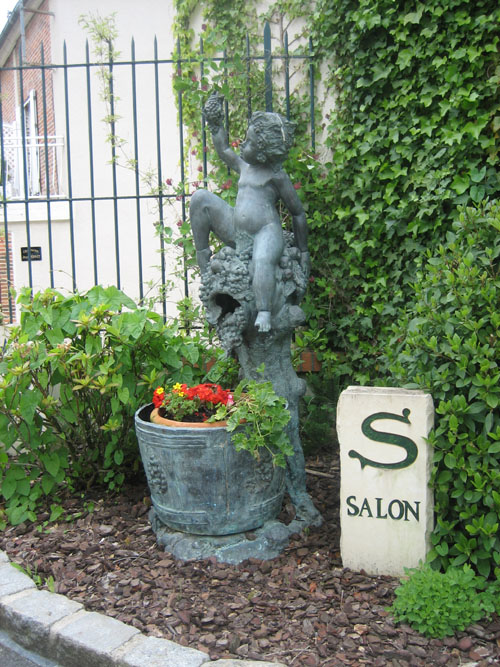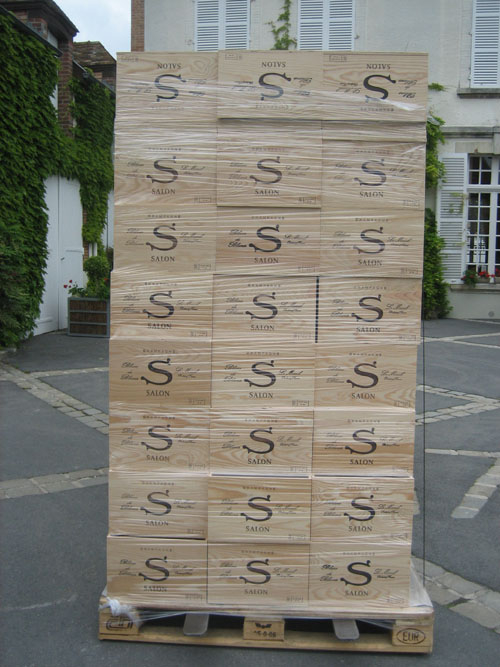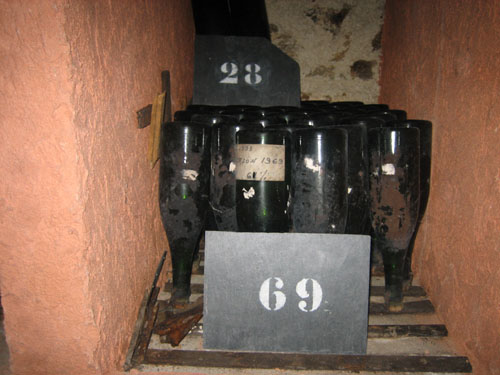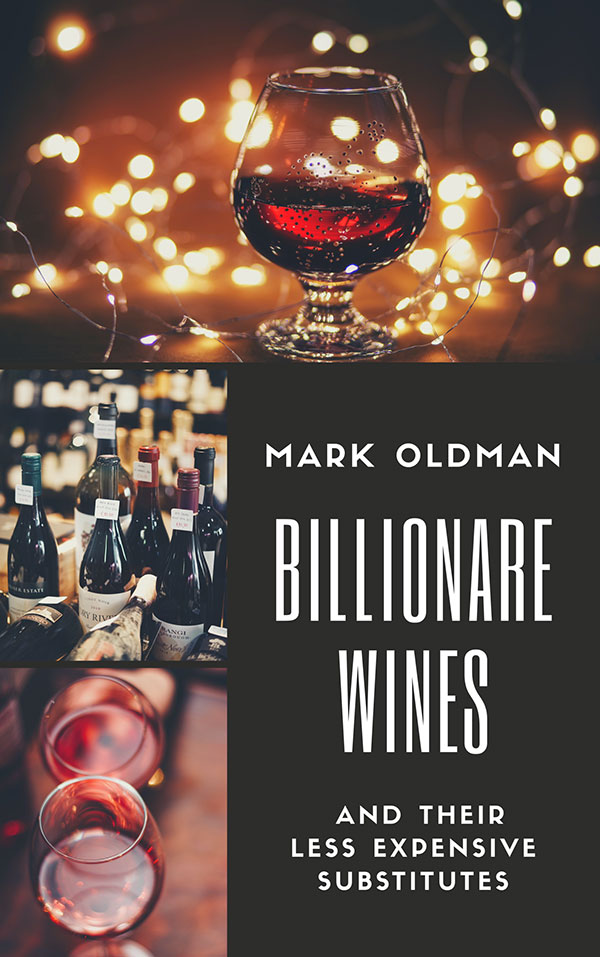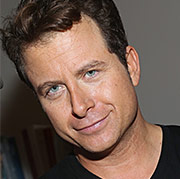Report from the 25th annual FOOD & WINE Classic in Aspen.

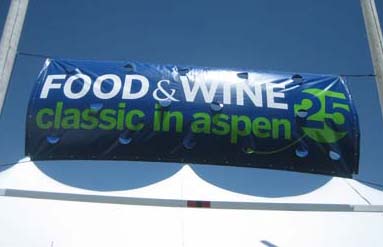
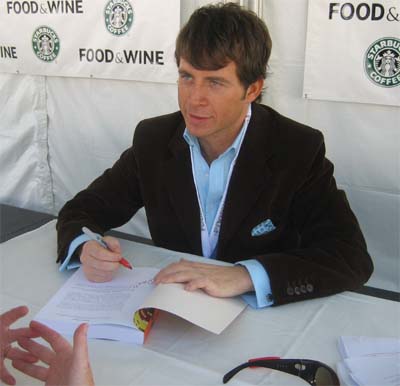
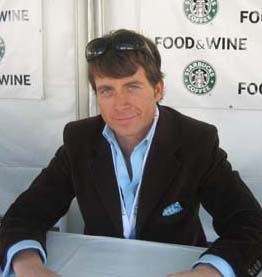
The old airplane’s propellers groaned and wheezed like a wounded beast. While my seatmate (a chef from the Midwest) and I tried to distract ourselves by talking about much we were looking forward to this year’s Food & Wine Classic, I couldn’t help wondering why a blue-chip airline like United was flying such a shanty prop plane from Denver to Aspen. Shouldn’t an illustrious destination like Aspen merit the airline’s best commuter jets, or at least ones with engines?—not a rickety propeller job, the kind of 70’s jungle jumper you’d have seen ferrying Jim Jones’ disciples on a one-way trip to Guyana. There wasn’t even toilet paper in this jalopy’s bathroom – just a lonely, half-used box of Kleenex lying next to an outhouse potty hole.
The turbulence intensified as we started our initial approach into Aspen. As the nose of the plane pitched down in a Kamikaze dive, my seatmate and I slid down in our seats, stretching our legs under the seats in front of us as if trying to reach an invisible break pedal. And then, in an unexpected and poignant moment of primal desperation, she and I – two total strangers – clutched each other’s hands, waiting for the final death plunge.
It didn’t happen, of course, and comic relief came in the form of a preternaturally relaxed Drew Nieporent, stretched out behind us like the cool kid in the back seat of a school bus.
“Ah, this is nothing,” the insouciant and kingly restaurant impresario declared, “I’ve been on far worse flights to Aspen.”
His words helped a bit, as did the thought that with Todd English, Marcus Samuelson, and other super-chefs on board, an unplanned “forest landing” would have made one hell of an obit.
We survived – sweaty, shaky, and grateful to be on terra firma — in a paradisiacal place of azure skies, verdant hills, and bountiful wine, no less. And things only got better from there. Speaking at the Food & Wine Classic was an unalloyed pleasure. I developed two new seminars for the Classic – “Sparkling Substitutes” (i.e., non-Champagne bubbly) and “Looks like Red Wine, Acts Like White” (light reds), each taught twice.
The audiences couldn’t have been more enthusiastic and wine-curious. We had great fun from start-to-finish, whether it was performing a group chant to pronounce Gewürztraminer (“Guh-vurtz” and “tra-me-ner”) or laughing about rap-star Ludacris’ admonition in my book not to “guzzle one’s Cristal”.
My fellow speakers were the best in the business, including Best Cellars guru Josh Wesson, whose attendance at my red wine seminar was a special treat, as the spirit of his classic tome, Red Wine with Fish, fit perfectly with the subject matter. And how often does one get to the opportunity to exchange sartorial advice with Tony Giglio, as much a maven of pocket squares as he is of the imbibable. And it is always a delight to visit with the über-talented Lettie Teague, Food & Wine’s executive wine editor, whose new book, Educating Peter, is as scintillating as her columns in the magazine.
To ensure that the wine at my seminars would be well received, months ago I had assembled a “Civilian Tasting Panel” – nine non-wine-pro friends who helped me blind-taste over 70 selections of both non-Champagne bubbly and light reds. This made for two memorable, wine-soaked evenings, where we sat around a long wooden table like a big Tuscan family, slurping and sloshing and giving honest, off-the-cuff reactions to the wines.
The favorites that emerged from these tastings became the line-up for my seminars in Aspen. They are all fetching sips for summer:
“Looks Like Red Wine, Acts Like White”: Light Reds 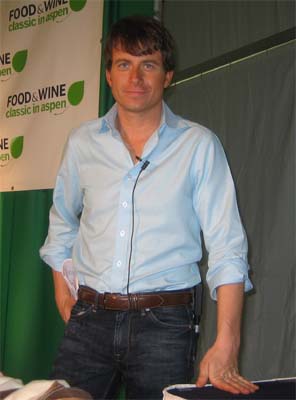
- Ponzi Pinot Noir Willamette Valley 05
- Duboeuf Julienas Domaine de la Seigneurie 05
- Domain Bailly-Reverdy Sancerre Rouge 04
- Remy Pannier Chinon 05 * Chapoutier Crozes-Hermitage Petite Ruche 04
- Bodegas Nekeas Vega Sindoa El Chaparral 05
[Note: these light, low-tannin reds are all chillable.]
“Sparkling Substitutes”: Non-Champagne Bubbly
- Mionetto Sergio Extra Dry NV
- Schramsberg Blanc De Blancs 04
- Brüder Dr. Becker Scheurbe Sekt 04
- Llopart Leopardi Brut Rose 03
- Hill of Content Sparkling Red NV
- Ceretto Santo Stefano Moscato D’Asti 05
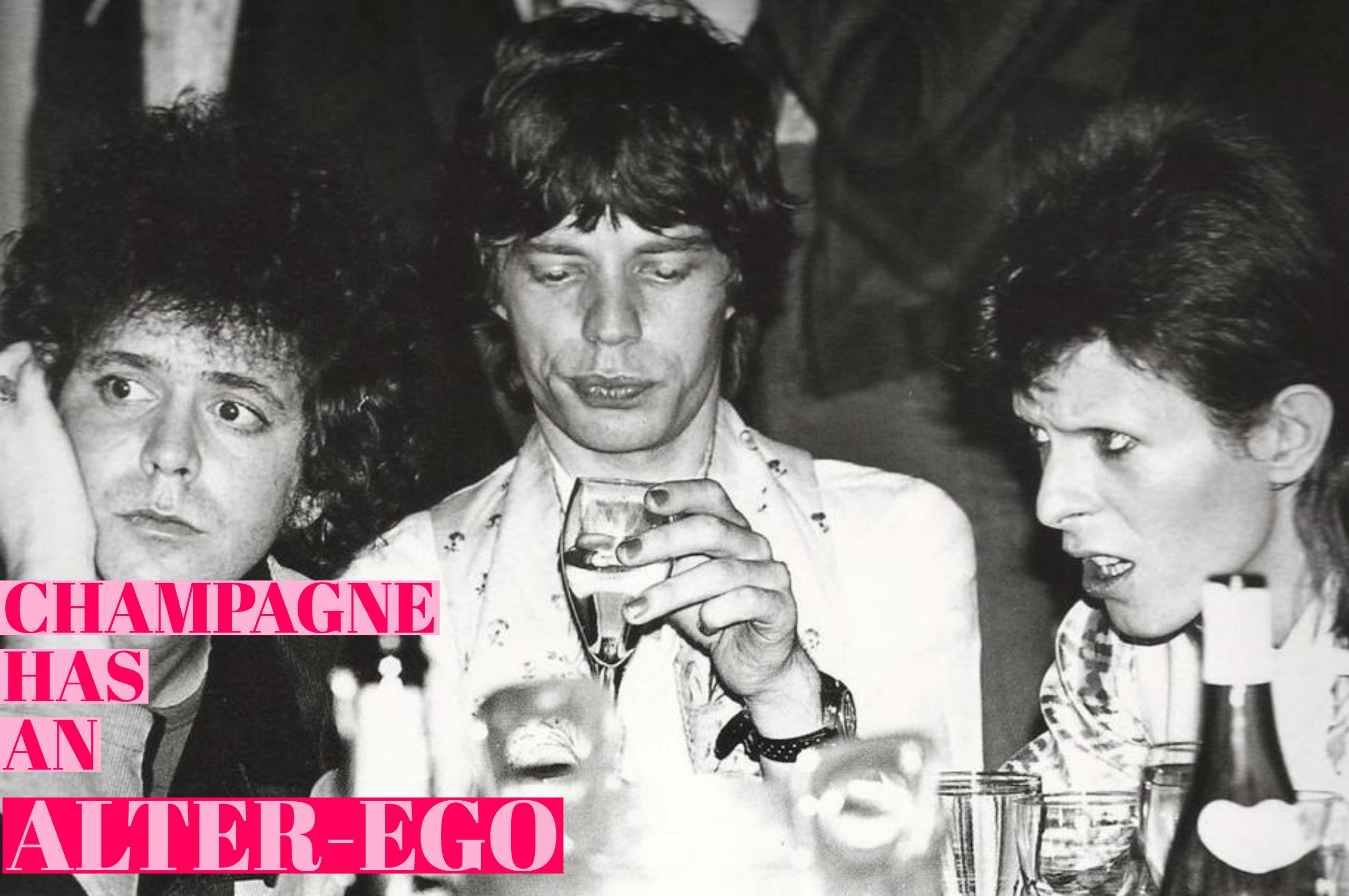 Just as Hollywood stars have doubles, so does Champagne. And one of the best bubbly stunt doubles is Spanish Cava.
Just as Hollywood stars have doubles, so does Champagne. And one of the best bubbly stunt doubles is Spanish Cava. 
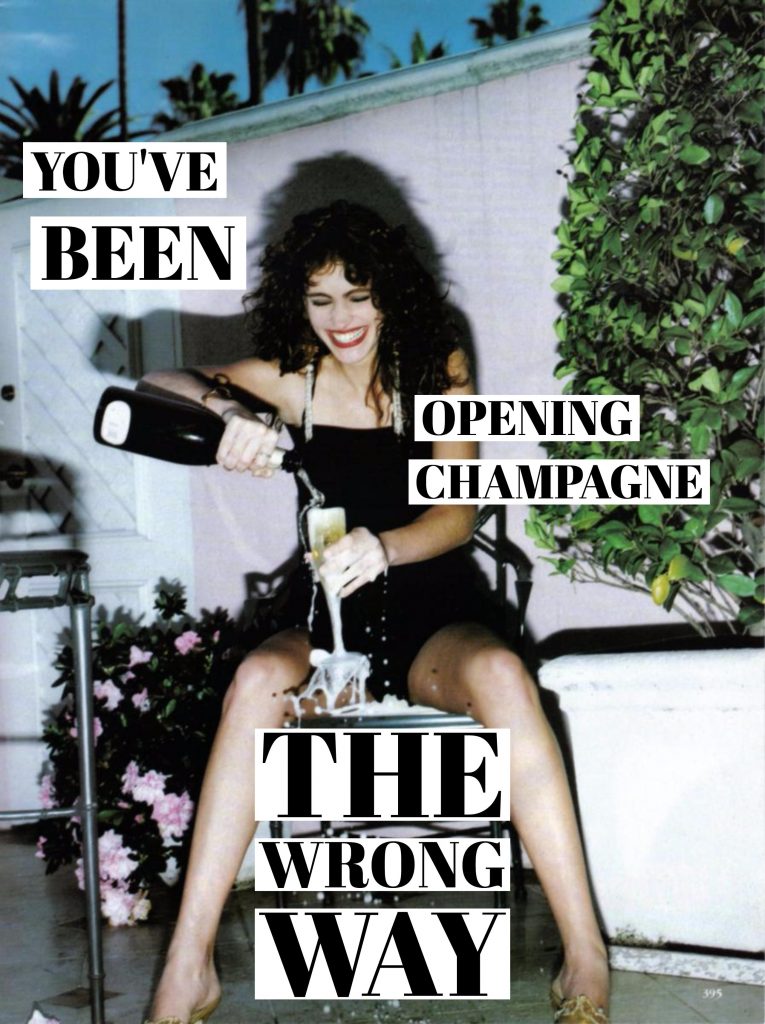 What is it about opening a bottle of bubbly that channels the savage beast? Some see a mini howitzer in every Champagne bottle, forever aiming the cork at the nearest chandelier. Others want to shake and spray their bottles without any thought to wasting this golden elixir. It’s time to mute the mayhem and open bubbly with the safety and style that this supernal beverage deserves. Follow my six steps to siphoning that cork from the bottle without losing one fermented drop.
What is it about opening a bottle of bubbly that channels the savage beast? Some see a mini howitzer in every Champagne bottle, forever aiming the cork at the nearest chandelier. Others want to shake and spray their bottles without any thought to wasting this golden elixir. It’s time to mute the mayhem and open bubbly with the safety and style that this supernal beverage deserves. Follow my six steps to siphoning that cork from the bottle without losing one fermented drop.